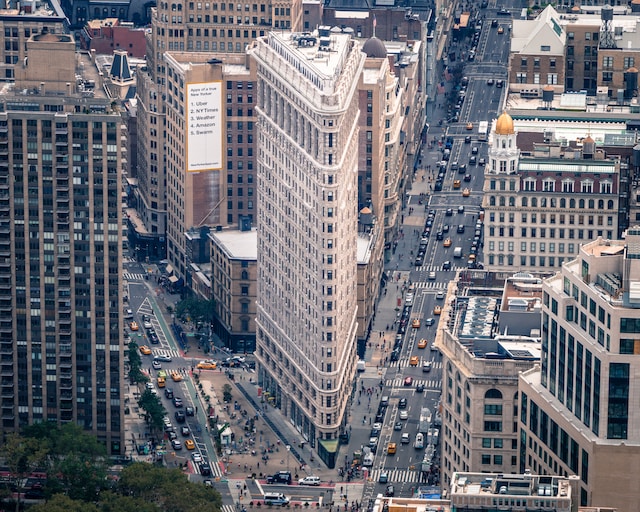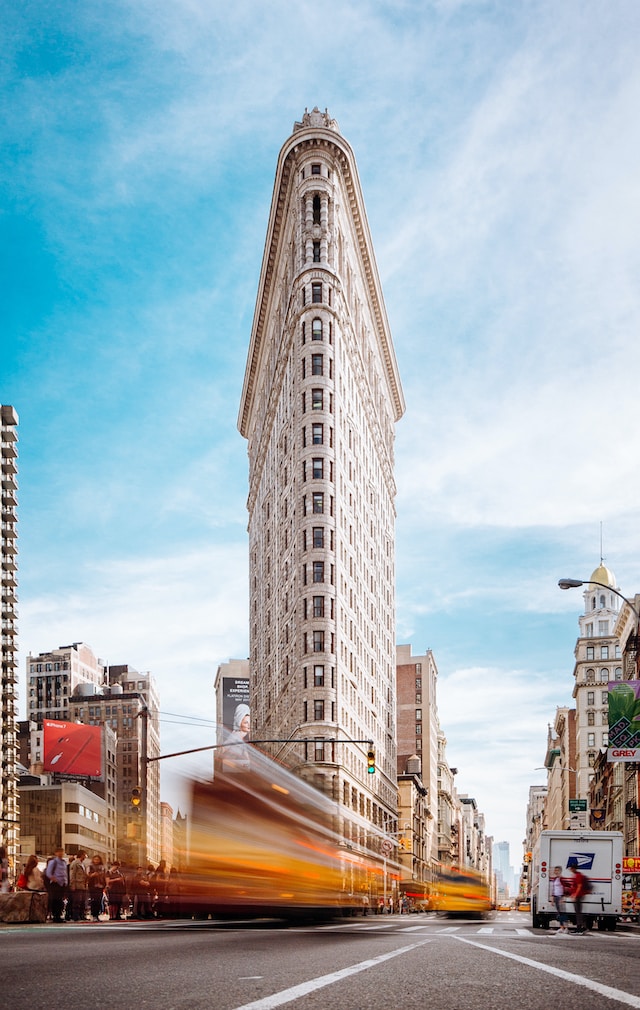New York City’s Flatiron building is nothing less than a trendsetter, starring in multiple blockbusters and attracting tourists from all over the world. Built over a century ago, the building has plenty of notoriety, and an impending sale indicates the building might be changing hands for the first time in years. With a gritty origin story and a complicated history, this building’s history is as equally enthralling as it is quirky. While spectators wait to see what happens with the Flatiron building next, let’s dive into the history behind it and the sale that may reshape its future.
The Sale of the Flatiron Building
Placed for public auction on March 22nd, 2023, the lead-up to the sale of the Flatiron Building was filled with drama and continues to cause controversy. Initially, the sale was pitched as a semi-forced business move by multiple stakeholders of the building.
GFP Real Estate, Newmark, ABS Real Estate Partners, and Sorgente Group, four renowned real estate groups, owned a 75% stake in the business, while a fifth solo partner, Nathan Silverstein, owned 25%. The two parties, as in the collective real estate companies and Silverstein, sued and countersued one another back in 2021 over disagreements over the building.
The real estate groups argued that Silverstein’s actions were keeping the building empty following MacMillian Publishers’ departure in 2019. On the other hand, Silverstein argued that the other party was allegedly attempting to lease out the building’s space for less than the market price.
Silverstein’s ideal solution was to split up the building and rent on a floor-by-floor basis to which the remaining stakeholders were against, favoring renting the entire building to one tenant. While the four real estate stakeholders expressed interest in potentially winning the bid and continuing to own the Flatiron Building, there was a twist of events.
How the Flatiron Sale Fell Apart
In the end, Jacob Garlick would place the winning bid for the building at $190 million. However, Garlick failed to submit the necessary deposit for the space – $19 million. This failure to pay comes after an already granted extension.
With nonexplanation on why Garlick could not make payment, it is reported that Jeff Gural, the owner of Newmark (one of the current owners), is expected to be offered purchasing rights at a slightly discounted rate – $189.5 million. Newsweek, among other sources, assumes that Gural is likely to decline any offer of the purchase at this time, ultimately waiting until the property goes up for auction once more to make a more tame bid.
This is due in large part to the need for improvements inside and out. While the building has undergone numerous rounds of renovation, the building is still said to need additional work totaling over $100 million. That makes any purchaser’s decision an investment in the end. It’s also why Gural was surprised with Garlick’s initial high bid.
Inside the Flatiron Building
Flatiron Building Construction
Before there was the Flatiron Building, there was just a piece of land located in the heart of NYC – a triangle piece of land, to be specific. When the Fuller Company was looking for a place to call home in New York, they decided to commission a new building, the Fuller Building.
The Fuller company would hire Chicago architect Daniel Burnham to design the building. Maximizing on the triangle-shaped land parcel between 5th Ave, Broadway, 22nd, and 23rd Street, he conceptualized the triangle-shaped building.
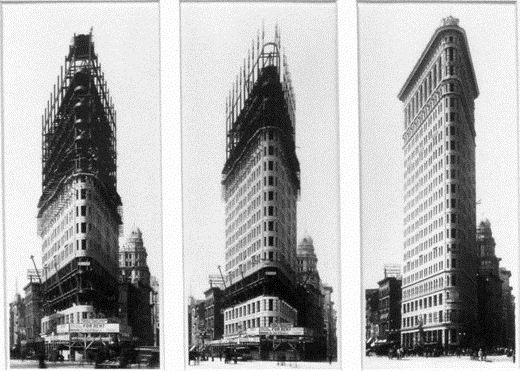
The city was hesitant to approve building schematics as initial plans failed to include basic safety measures like fire escapes and metal framed windows. There were also concerns over the building’s ability to face high winds, given its height and shape.
The Board of Building Commissioners would eventually dismiss some requirements allowing construction to continue, and prompting complaints of favoritism. Construction was completed at an exceptional pace in 1902, averaging a floor a week, adding to concern over safety.
Flatiron Building Architecture & Design Features
The Flatiron building has faced more than its fair amount of criticism over the years. And while it may be viewed as just quirky nowadays, the building, in all its glory, was once labeled a monstrosity upon completion.
At 22 stories, many feared the structural integrity of the building and argued it would blow down once the wind was strong enough. Some also dubbed what was assumed to be an eventual failure known as Burnham’s Folly.
Beyond the shape of the 285-foot building, there is plenty to admire here. Complete in 1902, the Flatiron building dared to utilize a steel skeleton rather than the New York City norm of masonry up until then.
At its narrowest point, the building is just 6.5 feet wide. Initial construction was done in three horizontal sections that resembled the processes of Greek columns. The base of the building incorporates building materials like limestone, while the upper levels feature glazed terracotta.
The triangle shape of the building affected more than just the visual. It would also bring a unique experience to the city, including an introduction to the 23 skidoo.
The quirky term was coined when it was discovered that the building caused wind patterns that could result in the wind ruffling a girl’s skirt who might be obliviously walking down the street. Because of this, police would shoo away people who lined the streets in anticipation of using the term 23 skidoo in the process.
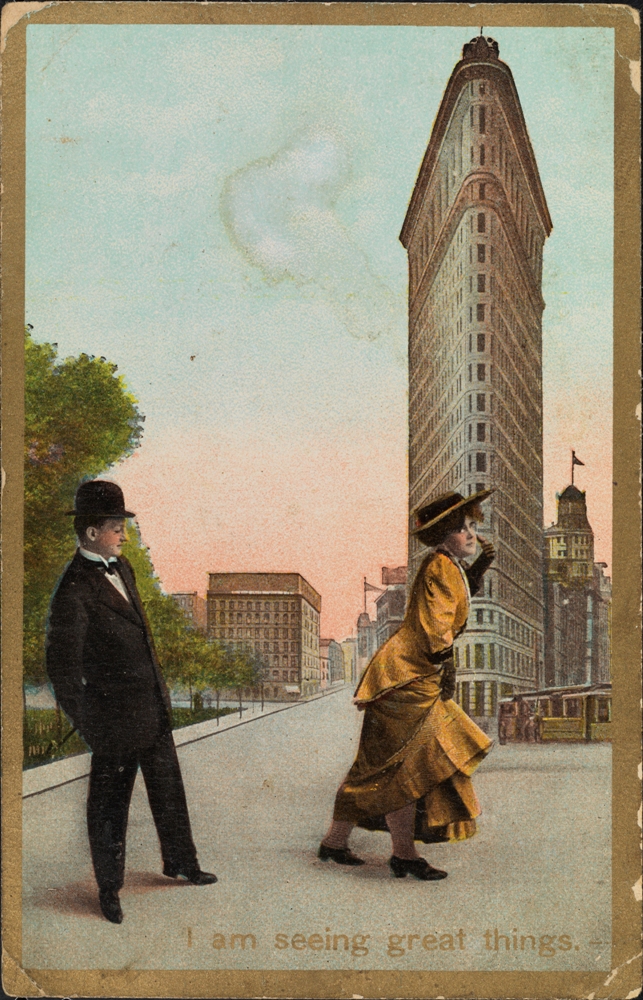
Flatiron Building Interior
Inside, you’ll also find echoes of the time when the building was crafted, most notably in the bathroom situation. Because the building was originally crafted for a construction company in a time when women were not anticipated to be in the building, there were no women’s bathrooms.
Instead, every bathroom on every floor was reserved for men. Since then, some bathrooms have been converted so that the options alternate from floor to floor. Men can use the restrooms on the odd floors, while women can use even-floor bathrooms.
History of Tenants of the Flatiron Building
The Fuller Company, a Chicago-based contracting business, initially occupied the 19th story of the building and invited surrounding businesses to help fill out the remaining floors. Some early tenants included the Equitable Life Assurance Society, which occupied the third floor, the Imperial Russian Consulate, which occupied three floors, and the New York State Athletic Commission.
Once the Fuller Company decided to open up other floors of the building to additional tenants, the Flatiron Building’s history grew a little murkier. Sure, there were relatively wholesome tenants with complex ties to NYC history, like the French Restaurant, Taverne Louis, and Macmillan Publishing, but other tenants were questionable, including Murder, Inc, an organized crime collection part of the larger National Crime Syndicate, most notably including a number of mobs in New York.
The Naming of the Flatiron Building
The Flatiron building’s name is said to come from the shape resembling the common household appliance, but it wasn’t always intended to be coined that. The building was originally set to be named after the commissioner – George A. Fuller, and the Chicago-based contracting firm he’d created. Before construction was complete, George A. Fuller would ultimately pass away. While Fuller Company officials were still committed to naming the building after the last name and business moniker, but would not ultimately happen.
Locals and those working on the building had already labeled the building as the Flatiron for a number of reasons, including appearance. After years of trying to establish Fuller as the name of the building, Flatiron Building would win, and the Fuller name would be transferred up to a skyscraper on Madison.
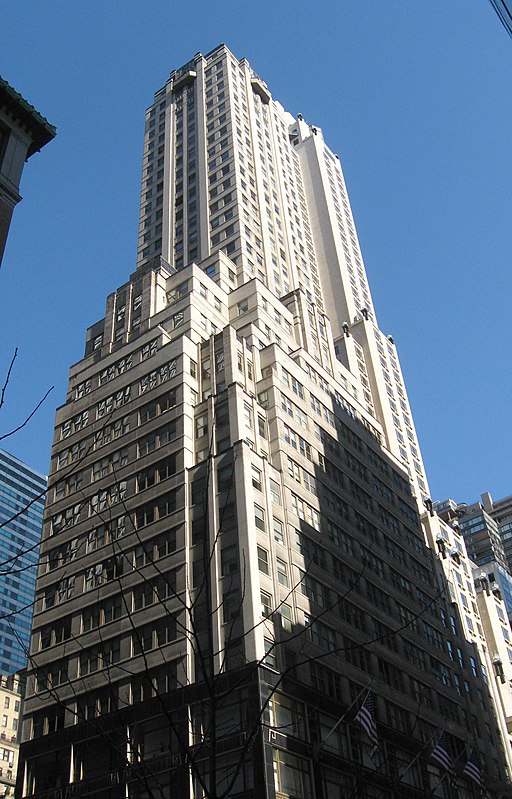
Flatiron Building Legacy
There are a number of attributes the Flatiron building gets to claim: the strangest building shape, one of New York’s first skyscrapers, the first skyscraper above 14th Street, the first to use steel skeletons – just to name a few. Because of these unique attributes, New York eventually deemed the Flatiron building a protected New York landmark.
Influential in New York’s history, the surrounding area also became known as the Flatiron District, or simply Flatiron. From origins as a ferociously outcast building among New York City’s ever-growing landscape, the Flatiron Building is a New York City jewel. While the sale has grown into something more complicated, many are hoping for a swift conclusion that allows for this building to continue shining.
Kylee was born and raised just outside of Sacramento in a small town full of history and charm. She stays up-to-date on the real estate market and hopes to empower hopeful buyers and sellers to make the best decisions for themselves. Kylee is particularly interested in bridging the gap for younger generations, helping them understand the power of owning and investing in real estate.


